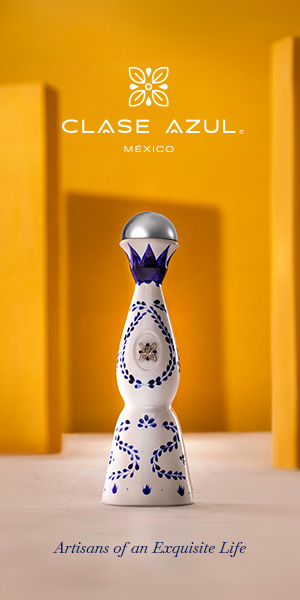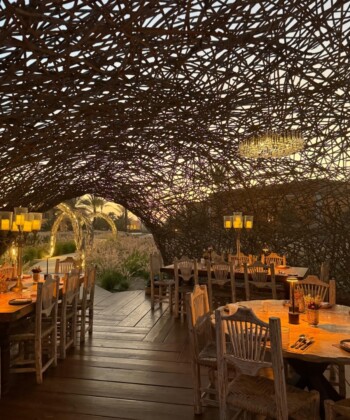This month, take a journey to Colombia with travel filmmakers Jungles in Paris and check out the old-world charm of Cartagena’s hotels.
In Love in the Time of Cholera, the Colombian author Gabriel García Márquez describes “the very old and heroic city of Cartagena de Indias, the most beautiful in the world,” as seen from above by his protagonists around the turn of the last century, when it had become something of a ghost town. “They saw the wall still intact, the brambles in the streets, the fortifications devoured by heartsease, the marble palaces and the golden altars.…”
Suffice it to say, there’s far less decay in evidence in today’s Cartagena, although the grandeur García Márquez evoked remains. Restorations of the city’s most significant public structures (including the commanding Catedral) have been accompanied by a revival, one that has seen crumbling old mansions transformed into stylish boutique hotels and second homes.
With its tropical-fruit-colored buildings, the Centro Historico boasts arguably the finest collection of colonial architecture in this hemisphere—and its UNESCO World Heritage status bodes well for its preservation. “Thankfully, there are very stringent rules and regulations when it comes to restoration and construction,” says Colombian designer Silvia Tcherassi.
Her seven-room hotel, the Tcherassi Hotel + Spa, has made a splash with its lush gardens and modern aesthetic. Like many of the city’s hangouts, it caters to both Northerners and the Latin American smart set; Cartagena was a safe haven of sorts for the Colombian elite during the country’s drug wars, giving it a substantial head start in these calmer times. It has long been renowned for its nightlife, much of which takes place on the Centro’s terraces and in Getsemani, a once-dangerous neighborhood that’s now home to a host of new cafes, wine bars and clubs, where bands bang out the danceable local genre of music known as champeta.
But, as nice as the world looks from the third-floor patio of the Armeria Real, it’s not necessarily the views that make the terraces so popular. It’s the pleasure of being removed from the heat and bustle of the city’s cobblestone streets. That feeling can also be found in the courtyards of many of Cartagena’s small hotels—places like antiques-furnished Agua or the 12-room Casablanca B&B, a 19th-century townhouse with handsome balconies.
With all that it has to offer, it’s no wonder Cartagena is experiencing a boom: It expects to add some 4,000 hotel rooms by 2016, and even if most of them will be outside the old walls, in the more modern environs of Bocagrande, the influx will surely raise the city’s international profile. Those in the know will want to head to Cartagena now, while it retains a bit of the city-of-ghosts feeling that so stirred García Márquez.
WHEN YOU GO
Hotel: The ambiance at the 6-room Agua can’t be beat, and Casablanca B&B boasts a Roman-style pool.
Dining: Try Vera for white-on-white modern Italian at the Tcherrassi Hotel, or indulge in straightforward Carribean-fusion in Gethsemani at Cocina de Pepina.
Flight: Jet Blue flies directly from the New York City area several times a week.









































